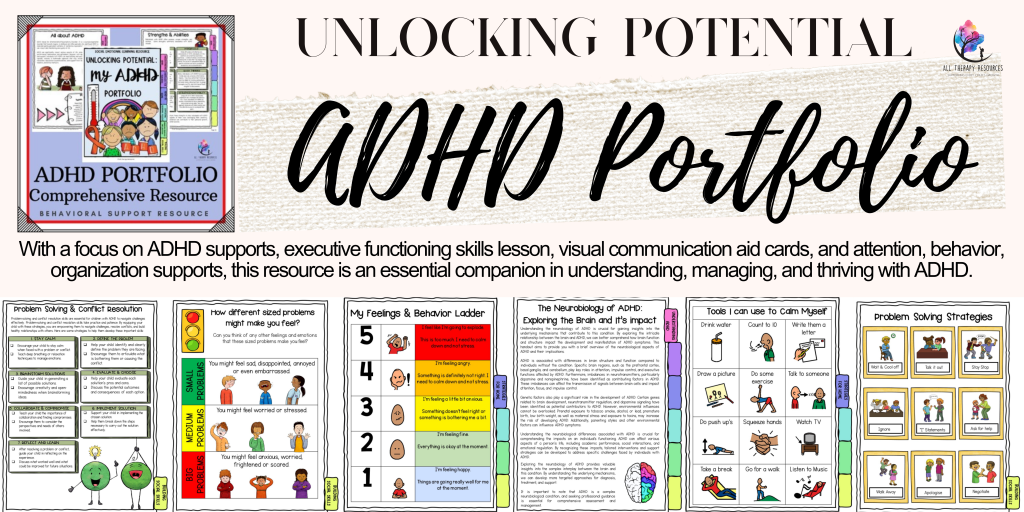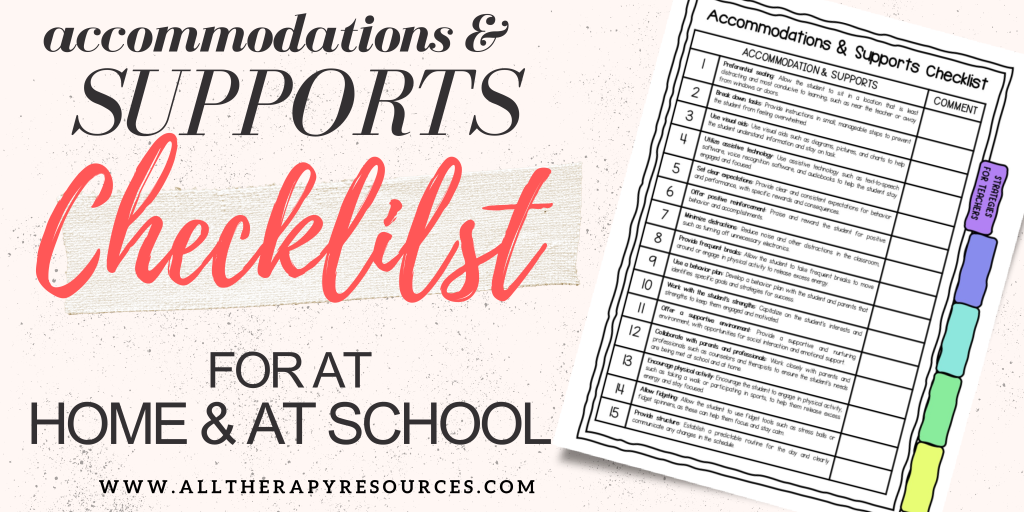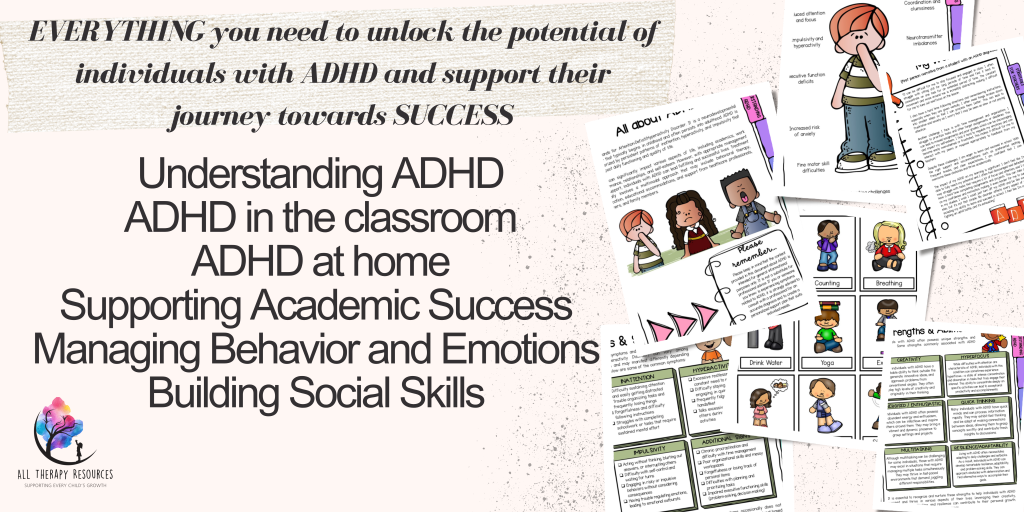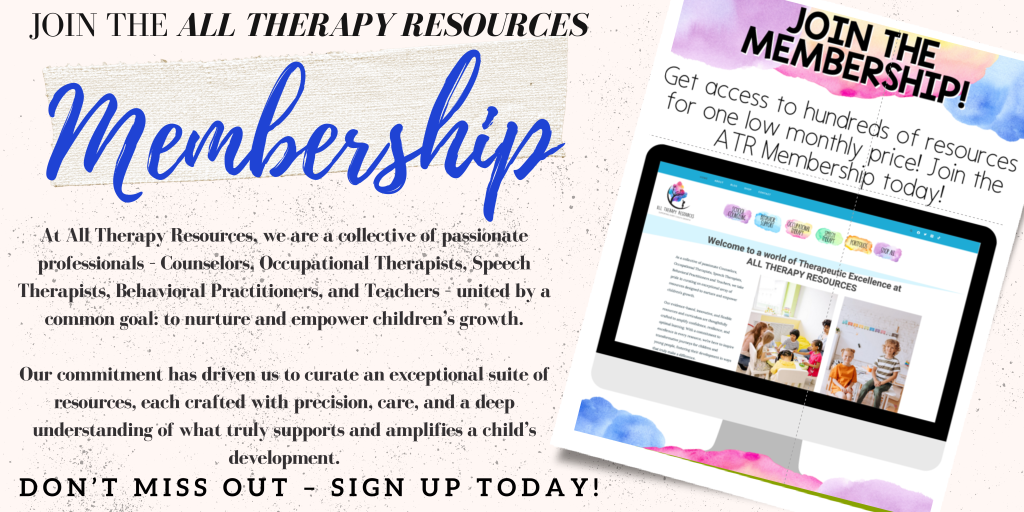5 Powerful Techniques Teachers Can Use to Handle ADHD in the Classroom

Imagine walking into a classroom where every student’s needs are met, where distractions are minimized, and where every child, including those with ADHD, feels understood and supported.
It does sound like a dream, right? Well, it’s absolutely achievable.
Attention-Deficit/Hyperactivity Disorder (ADHD) is a common condition that affects many students. It is defined by characteristics including impulsive behavior, hyperactivity, and trouble maintaining focus. For children with ADHD, these obstacles may make traditional classroom environments challenging. But teachers may make their classrooms places where students with ADHD can succeed alongside their peers if they have the correct tools and strategies.
This blog post will dive into practical strategies for managing ADHD in the classroom and highlight essential resources that can make a significant difference in your teaching practice.
Let’s create an inclusive learning environment together!

Understanding ADHD in the Classroom
First things first, let’s get a grip on what we’re dealing with.
ADHD isn’t just about a child being restless or occasionally off-task. It’s a complex neurodevelopmental disorder that affects a child’s ability to focus, stay still, and control impulsive behaviors.
This can make traditional learning environments challenging for these students. But here’s the kicker – with the right strategies and understanding, teachers can make a world of difference.

How to create an ADHD-Friendly Classroom?
It takes more than simply small changes to create an atmosphere that supports students with ADHD. It’s about transforming the classroom into a space where every student, especially those with ADHD, feels valued, understood, and primed for success. This requires a mix of structure, creativity, and empathy from educators.
Here’s how you can make it happen:
- Structure and Consistency
Imagine your classroom as a cozy, well-organized space where everyone knows where they’re supposed to be and what they’re supposed to do. It’s like the comfort of having your favorite coffee waiting for you each morning – reassuring and grounding.
For kids with ADHD, knowing what to expect from one moment to the next is like that coffee: it soothes the soul (and the brain). So, setting up a daily routine isn’t about being strict. It’s about giving these students a route map so they may go through their days without worrying about unforeseen turns.

- Engaging Teaching Methods
Let’s face it, sitting still and listening to someone talk for what feels like forever isn’t fun for anyone, least of all for our ADHD superheroes. They need action and interaction!
So, why not mix it up with some hands-on learning, group projects, or techy tools that make learning feel more like play? When lessons are fun and engaging, it’s easier for students to dive in and stay focused, even when distractions are calling their names.
- Seating Arrangements
Location, location, location! The classroom is like a stage, and every student has their spotlight. But for our friends with ADHD, some spots on that stage are shinier than others.
Putting them front and center (or wherever they’re least likely to get lost in daydreams) isn’t about playing favorites; it’s about giving them the best seat in the house to catch all the action. It’s a simple move that can make a world of difference in keeping them engaged and on task.
- Break Tasks into Smaller Steps
Ever felt that a big project seemed overwhelming? We all have.
Now, do you feel that way most of the time? Breaking tasks down into bite-sized pieces can turn a mountain back into a molehill for students with ADHD. It’s like saying, “Hey, you don’t have to eat the whole cake in one bite.” Small victories lead to big successes, and pretty soon, they’ll see that they can conquer any task, no matter the size.
- Positive Reinforcement
There’s nothing like a little praise to make someone’s day, right? For kids with ADHD, hearing “Great job!” or getting a high-five can light up their world. It’s not about handing out trophies for every little thing; it’s about acknowledging their efforts and progress. This boost of positivity encourages them to keep trying and shows them that their hard work doesn’t go unnoticed.
The key to designing a classroom that is ADHD-friendly is to make little adjustments that have a huge impact on everyone. The goal is to create an environment where all students, ADHD included, believe they have what it takes to succeed.
So, let’s roll up our sleeves and make our classrooms the best they can be, one high-five and structured routine at a time.

Essential Resources for Teachers for Navigating ADHD In Classroom
Every educator needs a toolset to help them manage the journey of managing ADHD in the classroom. These gems can help with that.
- ADHD Portfolio – Classroom Management & Behavior Support: This comprehensive resource is a game-changer for teachers. It offers strategies, tools, and support to manage ADHD in the classroom effectively. Whether you’re looking for behavior intervention plans or classroom management tips, this portfolio has got you covered. Check it out here.
- ADHD Portfolio – Classroom Management & Behavior Support (SPANISH VERSION): For our Spanish-speaking educators or those working in bilingual classrooms, don’t worry; there’s a version just for you. This resource mirrors the benefits of its English counterpart, providing invaluable support in Spanish. Discover more here.
Making use of tools such as these can greatly improve your approach to teaching ADHD in the classroom, increasing the effectiveness and inclusivity of your teaching methods.

Wrapping It Up: Empowering Students and Teachers Alike
Incorporating ADHD-friendly strategies and resources into the classroom doesn’t just help students with ADHD; it creates a more engaging and inclusive environment for all students. Remember, every child has the potential to succeed, and with the right support, students with ADHD can thrive academically and socially.
For more resources and support, consider exploring the All Therapy Resources store on Teachers Pay Teachers. This treasure trove of resources is designed to empower teachers to support students with various needs, including ADHD.
Final Thoughts
ADHD in the classroom presents unique challenges, but with understanding, patience, and the right resources, teachers can create an environment where every student has the opportunity to succeed. Embrace the journey, and remember, your impact on students with ADHD is immeasurable. Together, we can make a difference, one strategy and resource at a time.

FAQs: Navigating ADHD in the Classroom
Q1: What are the best strategies for teaching students with ADHD?
A1: The top strategies include creating a structured and consistent classroom environment, using engaging and interactive teaching methods, optimizing seating arrangements, breaking tasks into smaller steps, and using positive reinforcement to encourage good behavior and effort.
Q2: How can teachers help students with ADHD stay focused?
A2: Teachers can help by minimizing distractions in the classroom, using short, engaging activities, incorporating movement breaks, providing clear and concise instructions, and offering personalized support when necessary.
Q3: Can technology help students with ADHD in the classroom?
A3: Absolutely! Technology can be a game-changer for students with ADHD. Educational apps and tools that offer interactive learning experiences can capture their attention and make learning more engaging. Additionally, digital planners and organizers can help them keep track of assignments and deadlines.
Q4: What role does positive reinforcement play in managing ADHD in the classroom?
A4: Positive reinforcement is crucial. It helps boost the self-esteem and motivation of students with ADHD by acknowledging their efforts and achievements. This approach encourages them to continue making positive contributions and working towards their goals.
Q5: Are there resources available for teachers to better support students with ADHD?
A5: Yes, there are many resources available, including the ADHD Portfolio – Classroom Management & Behavior Support, which offers strategies, tools, and supports for managing ADHD effectively. Additionally, websites like Teachers Pay Teachers provide access to a wide range of materials created by educators for educators, specifically designed to support students with ADHD. Check out All Therapy Resources for more tools and strategies.
Q6: How can teachers adapt their lesson plans to better suit students with ADHD?
A6: Teachers can adapt their lesson plans by incorporating a variety of teaching methods, including visual aids, hands-on activities, and interactive sessions. It’s also helpful to segment lessons into shorter, more manageable segments and provide frequent breaks to help students with ADHD manage their energy and attention spans.














